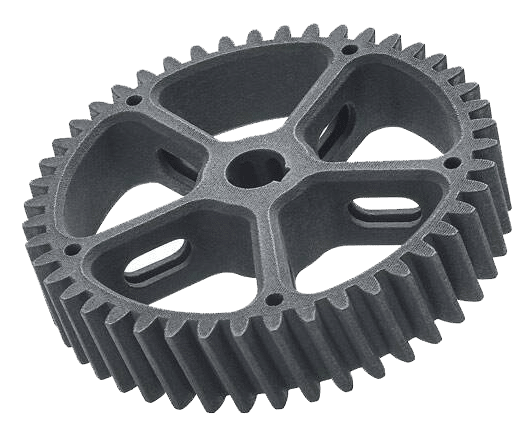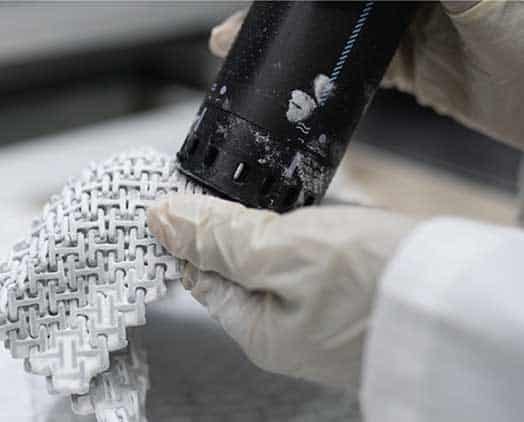
Additive Manufacturing Can reduce carbon footprint by 95x
Environmental Sustainability
- Enable on-demand, more localized.
- Expand product life through increased availability of spare parts.
- Eliminate part obsolescence.
- Reduce waste, less material, high reusability.
- Reduce shipping.
- Reduce inventory of raw materials and finished products.
- Improved carbon footprint compared to traditional manufacturing methods.
- Reduce time to market with functional prototypes.
- Reduce stock holding with digital inventories.
- Reduce exposure to global supply chain.
HP Case Study
Using 3D printed parts in their own products – an aluminium machined traditional part replaced with a plastic HP MJF printed equivalent resulted in:
- 50% cost reduction
- 935 weight reduction
- 95x carbon footprint reduction


